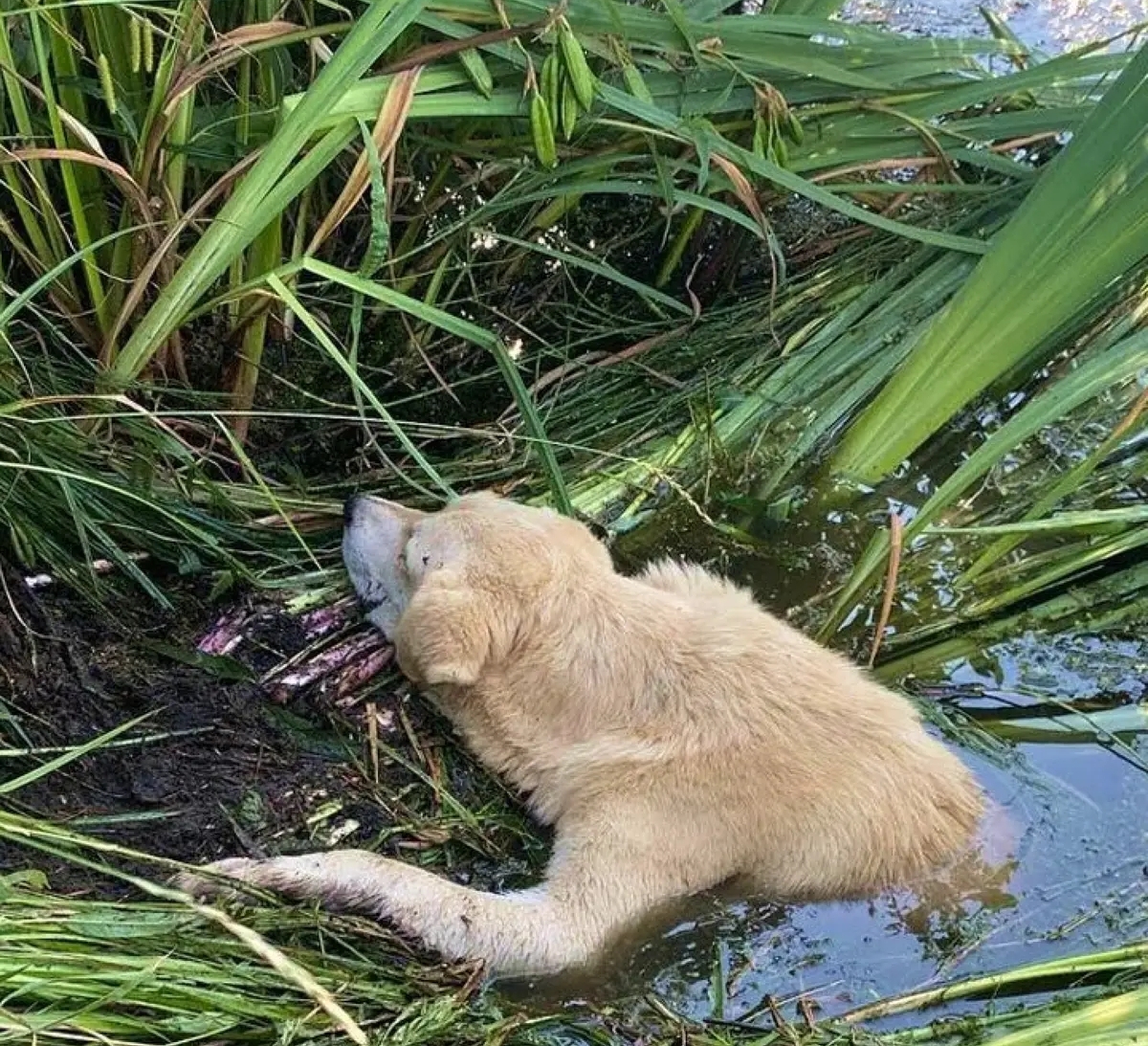The Moment Everything Changes
Life with a dog is filled with joy. Their wagging tail at the door, the playful barks during a walk, or the simple warmth of their body curled up beside you—these moments become a part of your everyday life. But for many pet owners, there comes a sudden and devastating moment when everything changes.
Paralysis in dogs can occur for various reasons—spinal injuries, degenerative diseases like intervertebral disc disease (IVDD), accidents, or strokes. For a dog who once bounded through the yard with boundless energy, the inability to move their legs is heartbreaking.
For many dogs, this transition from mobility to immobility can be confusing and painful. They don’t understand why they can no longer chase their favorite ball or leap onto the couch for a cuddle. They try, again and again, often dragging themselves across the floor in a heartbreaking attempt to move the way they once did.
A New Reality: Adapting to Paralysis
When a dog becomes paralyzed, life changes not only for them but for their owners as well. There are new challenges to face—physical, emotional, and financial. It’s easy to feel overwhelmed by the sheer weight of responsibility, knowing that your dog relies on you for everything now, from mobility to managing hygiene issues to administering any medications or therapies they may need.
In this new reality, you must become your dog’s advocate, seeking out the best veterinary care and exploring all possible avenues of recovery. Rehabilitation programs, wheelchairs, or carts, and even physical therapy can play a crucial role in improving your dog’s quality of life. But it’s not just about the logistics; it’s about navigating the emotional journey of caring for a paralyzed dog.
Crawling Through Adversity
For many paralyzed dogs, their spirit remains unbroken. Despite the physical limitations, dogs continue to show extraordinary resilience. They crawl—inch by inch—across rooms, over thresholds, and into their owners’ hearts again and again. Even though their bodies may fail them, their determination to remain close to their loved ones never wavers.
Watching a dog struggle to move can be one of the most emotionally wrenching experiences for any pet owner. But in these moments of adversity, there is something deeply inspiring. Dogs don’t dwell on their limitations the way humans often do. They push forward, embracing life as it comes to them, whether that means learning to navigate the world in a wheelchair or simply finding comfort in their owner’s presence.
The Road to Healing
Healing, in the case of paralysis, doesn’t always mean a full recovery. While some dogs regain some or all of their mobility, others may live out the rest of their days in a wheelchair or with limited movement. However, healing is also about adaptation—both for the dog and the owner.
Many owners find hope in rehabilitation therapies such as acupuncture, hydrotherapy, or laser treatments, which can help improve their dog’s comfort and mobility. Others look to prosthetics or custom-made carts to give their dogs the freedom to move once more. But regardless of the path to healing, the most critical factor is the emotional bond between the dog and their human.
This journey, filled with tears, sleepless nights, and uncertainty, often leads to a deeper connection—a connection forged through adversity and strengthened by compassion. Caring for a paralyzed dog requires immense patience, love, and dedication, but it also offers incredible rewards. Seeing your dog happy, whether they’re running in a wheelchair or simply lounging in the sun, brings a unique sense of fulfillment.
Finding Hope Amidst the Struggle
Hope is what keeps both dog and owner moving forward. It’s the belief that, no matter the challenges, life can still be full of joy and love. Dogs teach us this lesson every day. They don’t dwell on the past or the things they’ve lost. Instead, they find happiness in the present moment—in the smell of the grass, in the warmth of the sun, or in the love of their family.
For every dog that has crawled through adversity and every owner who has stood by their side, there is hope. Hope that life, even in the face of paralysis, can still be beautiful, and that healing doesn’t always mean walking again—it means finding peace and contentment in every step of the journey.
